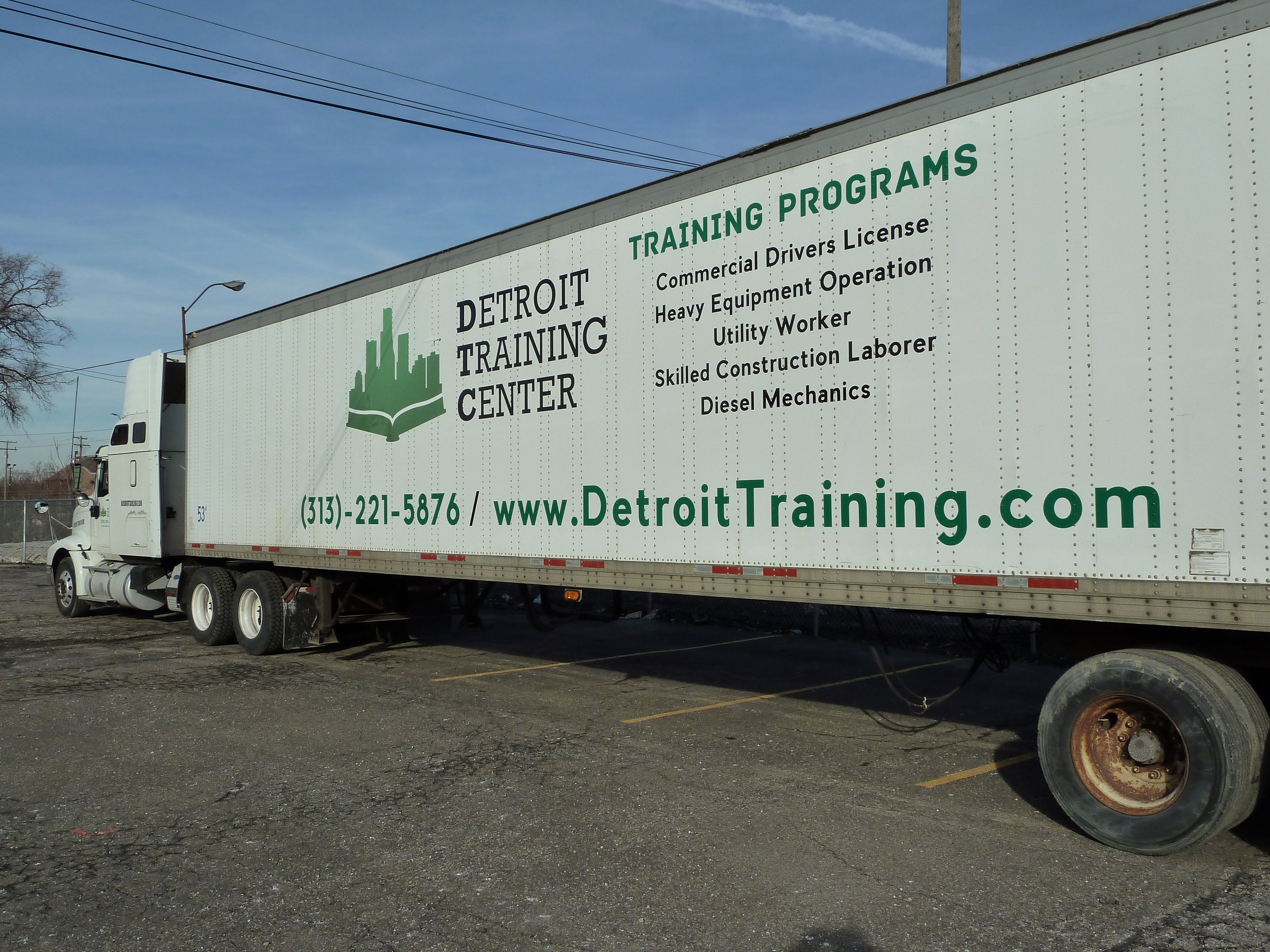As we approach the halfway point of 2023, we have a clear idea of which commercial construction trends are in, out, and here to stay for the remainder of the year. As can be expected, the industry has placed a high priority on durability, energy efficiency, and safety with most of its construction concepts. For more information on how these trends are being put into action, keep reading for a breakdown of the most innovative commercial construction trends to watch for in the remainder of 2023!
Structural Roof Support
Using rooftop space is an emerging trend in all types of commercial construction. Whether it be as a break area for employees, a temporary storage location, or access point for service professionals, modern buildings are not letting precious roof space go unutilized.
The key when constructing a rooftop space is to ensure that it is both safe and supportive. Adequate railing is necessary to secure the perimeter. Quality surface pavers must fight wear and tear while allowing for drainage. Structural metal b decking should be applied to the roof substrate to help provide shear support and transfer vertical loads horizontally to the frame. The average metal deck cost will be between $3 and $7 per square foot, but it is a critical investment for promoting the safety of a utilized flat roof.
Increased Window Area
Be it a warehouse, manufacturing plant, or office suite, commercial buildings cannot get away with being cold, gray boxes anymore. Modern designers understand the importance of natural light and an inviting ambience for promoting the mental health and productivity of patrons.
Therefore, expect to see more and more window area in commercial buildings in 2023. To ensure that the windows are not a potential weak point for air and moisture ingress, it is best to build with hurricane-grade storm windows that use steel frames and reinforced glass to withstand heavy winds and projectile impact.
Focus On Energy Efficiency
With the United States eyeing a net-zero economy by 2050, buildings constructed without energy efficiency in mind will be subject to ongoing fines and regulations moving forward. Not to mention that they will have little appeal to a more environmentally friendly market. Some ways that commercial architects are boosting the energy efficiency of their structures include:
Solar panels and other types of PV features around the property
Increased exterior wall insulation to improve the R-value of the building envelope
Backdraft dampers in the HVAC system to promote more efficient airflow
By incorporating as many energy efficiency features as possible, designers can lower operational expenses, improve comfort and performance of tenants, and increase property value in an increasingly discerning market.
Prefabrication Processes
With the insatiable demand for commercial space, especially warehousing area, builders are under intense pressure to get structures up fast. This has led to an increased interest in materials that leverage a high-degree of pre-engineering, such as structural steel. These types of structures can be assembled largely in a controlled plant environment and transported to the construction site in easy-to-erect kits. This reduces the amount of time that the land is tied up in construction, reducing the risk of weather, theft, transportation, or other types of construction delays.
Concrete Waterproofing
Despite innovations in building materials, concrete is still the meat and potatoes behind most projects. Few products can match concrete’s blend of versatility, durability, and economy.
With that said, there are ongoing efforts to improve concrete and make the lifetime cost of ownership even lower. If there is a drawback to concrete, it is that it is porous and susceptible to water damage. As such, self-healing concrete is a major trend, as developers look for ways for concrete to avoid the cracks that lead to compound issues. If self-healing concrete technology is not yet advanced enough for your tastes, applying crystalline waterproofing treatments can be a great way to ensure the longevity of your concrete. Penetrating deep into the concrete and interacting with moisture to form impermeable crystals, crystalline waterproofing is a great way to prevent the water ingress that could potentially damage your concrete components.
Modern Safety Features
Commercial buildings must constantly be evolving to meet more stringent safety standards. While there is really no way to do too much in this regard, some trending safety concepts include:
Incorporating modern smoke baffles and fire screens
Adding glass railing to all stairwells and elevated walkways
Building an infrastructure of safety doors and credentialed access
And these are just a few ideas. It is always best to consult with a professional building inspector throughout the design and construction process to help identify potential safety breaches before they arise.
Take the Next Step in Commercial Construction Processes Today
Commercial construction is a constantly evolving industry. So far in 2023, architects and builders are zeroing in on materials and concepts that can help improve safety, energy efficiency, and longevity. If you are interested in more ideas on how to implement these trends into an upcoming build, explore Detroit Training Center for more resources and inspiration!
Max Shafer is a freelance writer that loves sharing his knowledge and expertise on home improvement projects and materials. He lives in Land O’ Lakes, Florida where he enjoys spending time with his wife and working on projects in his spare time. Max’s work as a freelance writer can be found on Building Product Advisor, a new construction industry resource site.


































